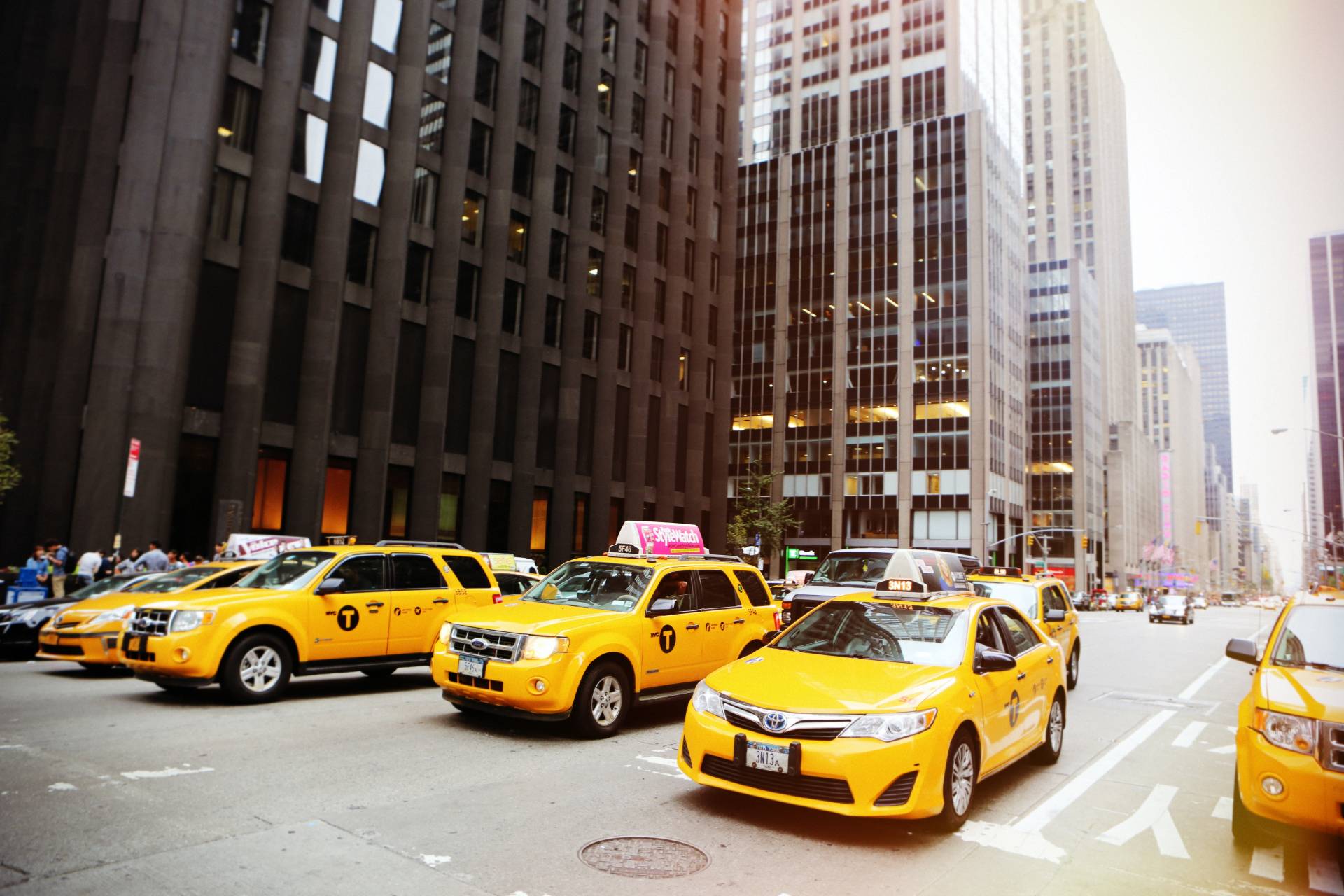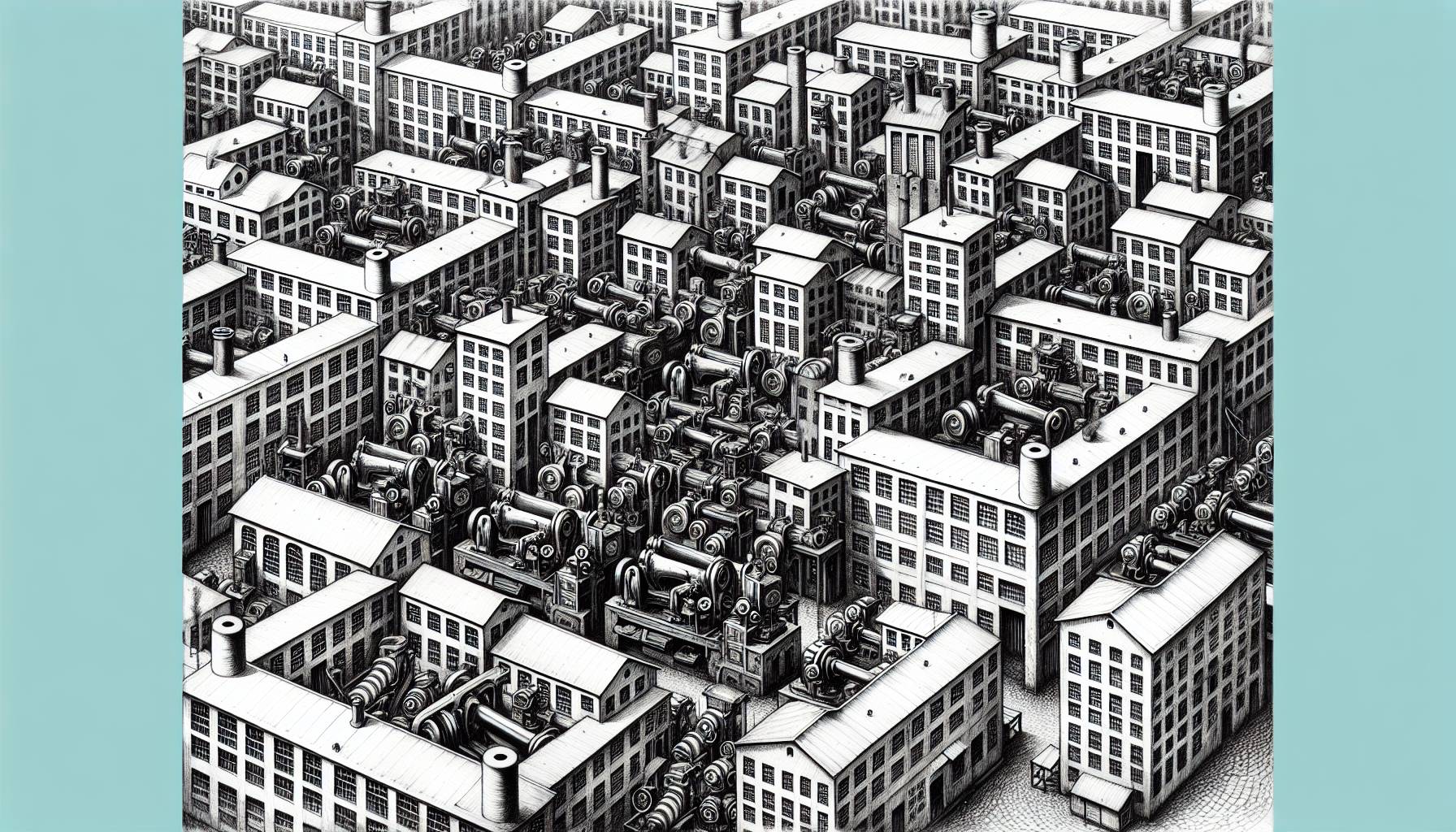In a unique and creative form of protest, a decentralized group of safe street activists in San Francisco has discovered a simple yet effective way to disable robotaxis operated by companies like Cruise and Waymo.
By placing a traffic cone on the hood of these autonomous vehicles, they can disrupt their operations and draw attention to the issues surrounding their deployment.
The “Week of Cone” movement has gained viral traction on platforms like Twitter and TikTok, resonating with residents who are frustrated with these vehicles’ malfunctioning and traffic-blocking nature.
The protest serves as a prelude to a hearing by the California Public Utilities
As Waymo and Cruise prepare to expand their robotaxi services in San Francisco, the protest serves as a prelude to a hearing by the California Public Utilities Commission (CPUC) on July 13. The CPUC is responsible for approving the expansion of autonomous vehicle passenger services, granting companies the authority to charge passengers a fare for their operations.
While opposition to the expansion has been mounting, with concerns about traffic congestion, public safety, and the impact on traditional taxi and ride-hail drivers, the Safe Street Rebels’ cone campaign aims to raise awareness and encourage residents to voice their concerns to the CPUC.
The Need for Caution and Public Input
The opposition to the spread of robotaxis in San Francisco highlights a common concern surrounding deploying autonomous vehicles on public roads.
Critics argue that there is a lack of input from everyday people who have to deal with vehicles on a daily basis. While efforts to regulate self-driving cars have been slow at the congressional level, regulation primarily falls under the jurisdiction of state departments of transportation and departments of motor vehicles.
The Safe Street Rebels’ protest is a response to this lack of public input and an attempt to hold companies accountable for the impact of their technology on city streets.
Addressing Concerns and Misconceptions
While the Safe Street Rebels’ statement may contain elements of hyperbole, there are indeed valid concerns regarding the deployment of autonomous vehicles.
Instances of robotaxis stopping in the middle of roads, blocking public transit, emergency vehicles, and general traffic have been reported. In some cases, accidents involving autonomous vehicles have resulted in fatalities.
However, it is essential to note that the incident involving a Waymo AV and a dog was deemed unavoidable, and no deaths have occurred due to AVs in San Francisco thus far.
Additionally, claims of collaboration between the companies and law enforcement to record individuals without consent are unsubstantiated.
The Cone Campaign: Raising Awareness and Taking Action
The Safe Street Rebels‘ cone campaign serves as a visual representation of the frustrations faced by San Franciscans and a call to action for others to join their cause. By gently placing traffic cones on the hoods of driverless vehicles, the group aims to disrupt the operations of these robotaxis and draw attention to the issues they believe have been overlooked.
While the exact number of participants is unclear, the campaign has gained traction on social media platforms, with residents sharing images and videos of disabled robotaxis. The Safe Street Rebels encourage others to submit public comments to the CPUC to ensure their concerns are heard before the upcoming hearing.
Industry Responses and Perspectives
Waymo and Cruise have addressed the Safe Street Rebels’ concerns through their own cone campaign. Waymo has called the widespread hack “vandalism,” pointing out that it encourages reckless and impolite driving.
If their cars were harassed or threatened in any way, they promised to contact authorities. On the other hand, Cruise emphasized their impeccable safety record and the good they do in the world by delivering meals to the hungry and giving free trips to nighttime service employees.
They are worried that people may deliberately block their vehicles, slowing down traffic and frustrating their attempts.
The Future of Robotaxi Expansion
Despite the guerilla protests and concerns raised by various stakeholders, it is unlikely that the cone campaign will significantly impact the CPUC’s decision to expand robotaxi services. The support from accessibility advocates, elected officials, technology industry groups, and business and economic development organizations is expected to outweigh dissenting voices.
The agenda for the upcoming hearing suggests that the CPUC is inclined to approve the program authorization, citing no significant safety risks associated with the proposed services by Cruise and Waymo.
Conclusion
The anti-robotaxi activists in San Francisco have found a unique way to raise awareness and challenge the spread of autonomous vehicles in the city. By placing traffic cones on the hoods of robotaxis, they aim to disrupt operations and draw attention to the concerns surrounding their deployment.
While the exact impact of the cone campaign on the CPUC’s decision remains to be seen, it serves as a potent reminder that public input and accountability are crucial when shaping the future of transportation.
As the debate surrounding autonomous vehicles continues, it is essential to balance technological progress and address the concerns of everyday people interacting with them daily.
FAQ
Q: What is the purpose of the “Week of Cone” protest by anti-robotaxi activists?
A: The purpose of the “Week of Cone” protest is to draw attention to the issues surrounding the deployment of robotaxis in San Francisco. Activists are using traffic cones to disrupt the operations of these autonomous vehicles and raise awareness about their impact on traffic congestion and public safety.
Q: What authority does the CPUC have in regulating autonomous vehicle services?
A: The CPUC allows companies to charge passengers a fare for autonomous vehicle services. While the Department of Motor Vehicles oversees the permission to operate AVs on public roads, the CPUC is crucial in ensuring the sustainability and scalability of robotaxi and autonomous delivery operations.
Q: What are the concerns raised by opponents of robotaxi services?
A: Opponents have raised concerns about the impact of robotaxis on traffic, public transit, and emergency responders. They have also expressed concerns about eliminating traditional taxi and ride-hail driver jobs. Some opponents have called for more data collection, workshops, and limitations on deploying robotaxis during peak hours and in downtown areas.
Q: Are there any documented incidents involving robotaxis in San Francisco?
A: Yes, there have been instances of robotaxis blocking traffic and impeding emergency vehicles and public transit. However, there have been no reported deaths in San Francisco due to autonomous vehicles. It is important to note that autonomous vehicle accidents are still relatively rare.
Q: How do companies like Waymo and Cruise respond to the cone campaign?
A: Waymo considers the cone campaign a form of vandalism and believes it promotes unsafe behavior on roadways. Cruise highlights its strong safety record and the positive impact of its operations, emphasizing that intentionally obstructing their vehicles hinders efforts to provide services to late-night workers and food-insecure individuals.
Q: Will the cone campaign impact the CPUC’s decision regarding the expansion of robotaxi services?
A: It is unlikely that the cone campaign will significantly impact the CPUC’s decision. The support from elected officials, accessibility advocates, and various industry groups is expected to outweigh dissenting voices. The agenda for the upcoming hearing suggests that the CPUC is inclined to approve the program authorization for Cruise and Waymo.
Featured Image provided by: Life of Pix; Pexels – Thank you!













